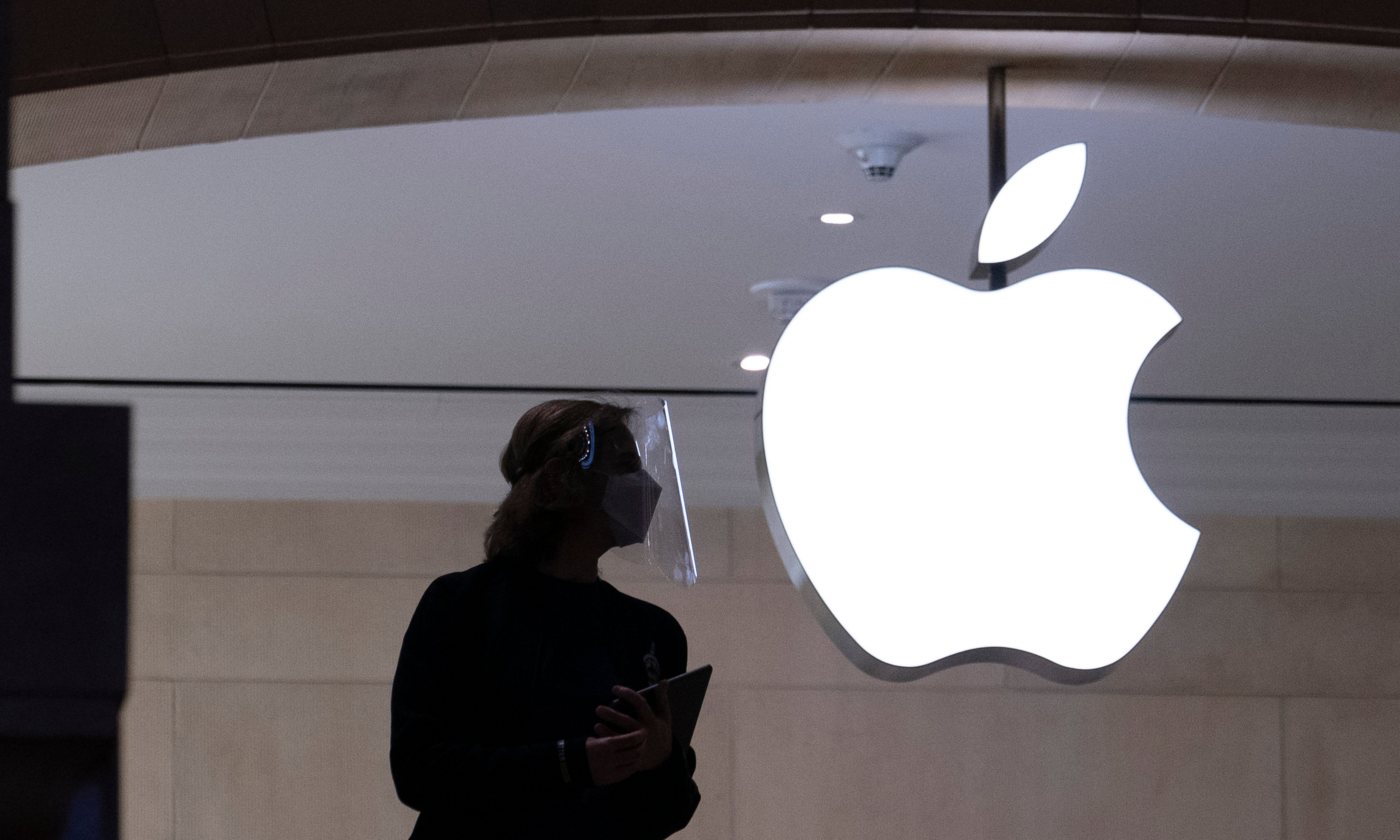Apple’s virtual reality headset could borrow power from iPhones and Macs, report claims

Apple’s virtual or augmented reality headset will rely on another device such as a connected iPhone or Mac, according to a new report.
The company has been long rumoured to be working on its own headset, which would either create whole new virtual realities or layer graphics on top of the real world to create an augmented reality.
Now new details suggest that it will include its own specially-designed chip, which will lack some of the power of the processors in other devices like the iPhone or Mac. Instead, when it needs those capabilities, it will communicate with another device that is nearby, according to the new report from The Information.
It will not have the neural engine that sits at the centre of the iPhone, iPad and Mac and allows it to do artificial intelligence or machine learning processes more quickly, for instance.
But it will instead have specific capabilities designed to address the needs of such a headset. It will be able to wirelessly send and receive data particularly quickly, and will be better at decompressing video, the report claimed.
Apple pursued a similar strategy with its earlier Watches, which handed much of the complicated processing over to the iPhone with which it was paired. Over time, as battery life has improved and processor speed has increased, the Apple Watch has become more capable on its own.
The same report also claims that the headset will have an image sensor the size of the lenses that work as displays, and has proven difficult in manufacturing. That would presumably allow for the creation of augmented reality experiences not by layering virtual objects on top of the world, but by taking video of that world and showing users a new and edited video.
Rumours of an upcoming Apple AR or VR headset have been swirling for years, but have become more concrete and precise in recent months, seemingly as the product comes close to launch.
Reports have suggested that Apple is in fact planning two distinct versions of the headset. The first will offer high end VR capabilities but at a high price and in a potentially unwieldy helmet-style design, which could only be aimed at developers; the more mainstream version that packs all that into smaller hardware and a lower price point and is aimed primarily at augmented reality is expected to follow later.
The exact timing of those release dates remain unclear. Some have suggested the first, larger headset will arrive next year, though it could be the year after; the glasses have been rumoured to arrive somewhere between 2023 and 2025.
Apple and its chief executive Tim Cook have spoken in detail about their plans for augmented reality, which is already central to the iPhone and iPad, including with the addition of LiDAR sensors that can create 3D models of the space. Mr Cook has been optimistic about augmented reality since at least 2017, when he told The Independent that the technology will change the world and that Apple’s combination of hardware and software meant it was uniquely positioned to lead that transformation.
But it has been much quieter about its plans for specific hardware built for virtual reality. It is yet to publicly confirm that it is even working on such technology, despite a number of leaks.
Mr Cook said in that same interview that the company would only ship its own virtual or augmented reality products when it could do so “in a quality way”.
Join our commenting forum
Join thought-provoking conversations, follow other Independent readers and see their replies
0Comments